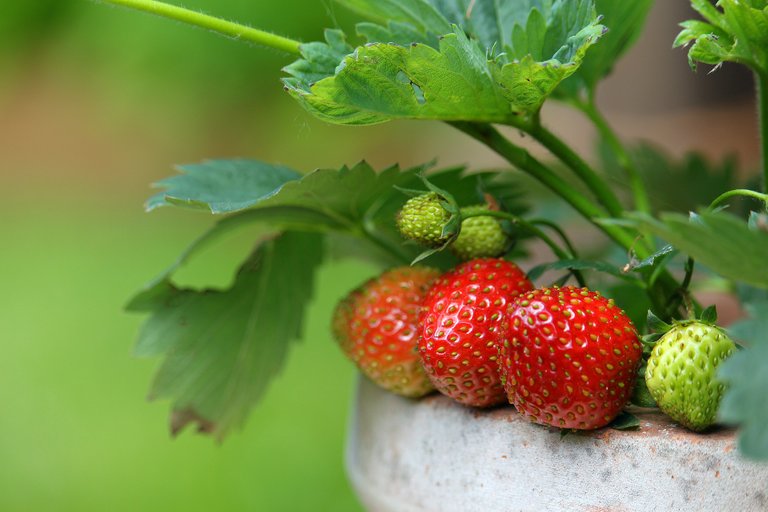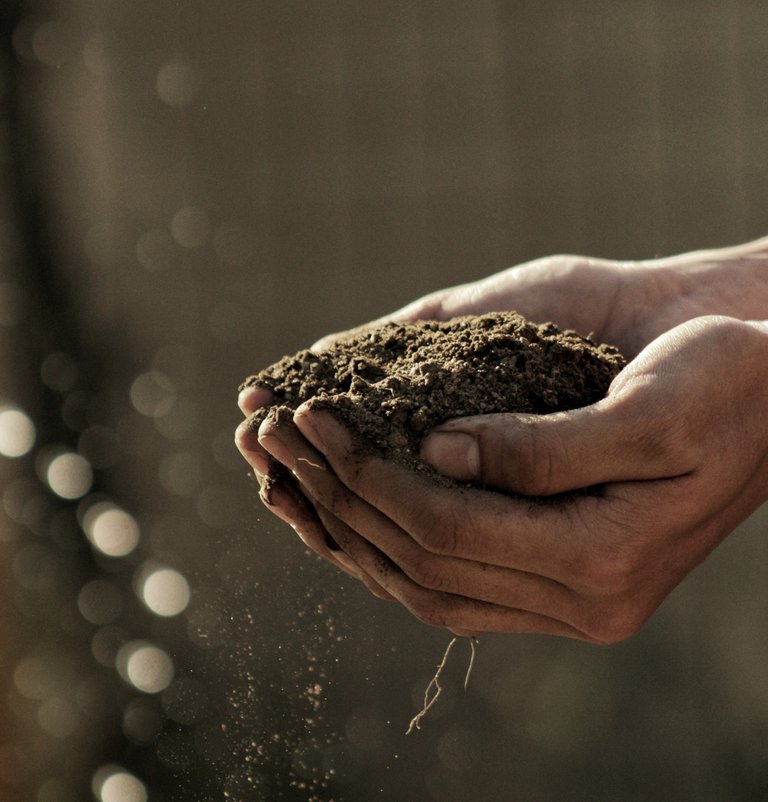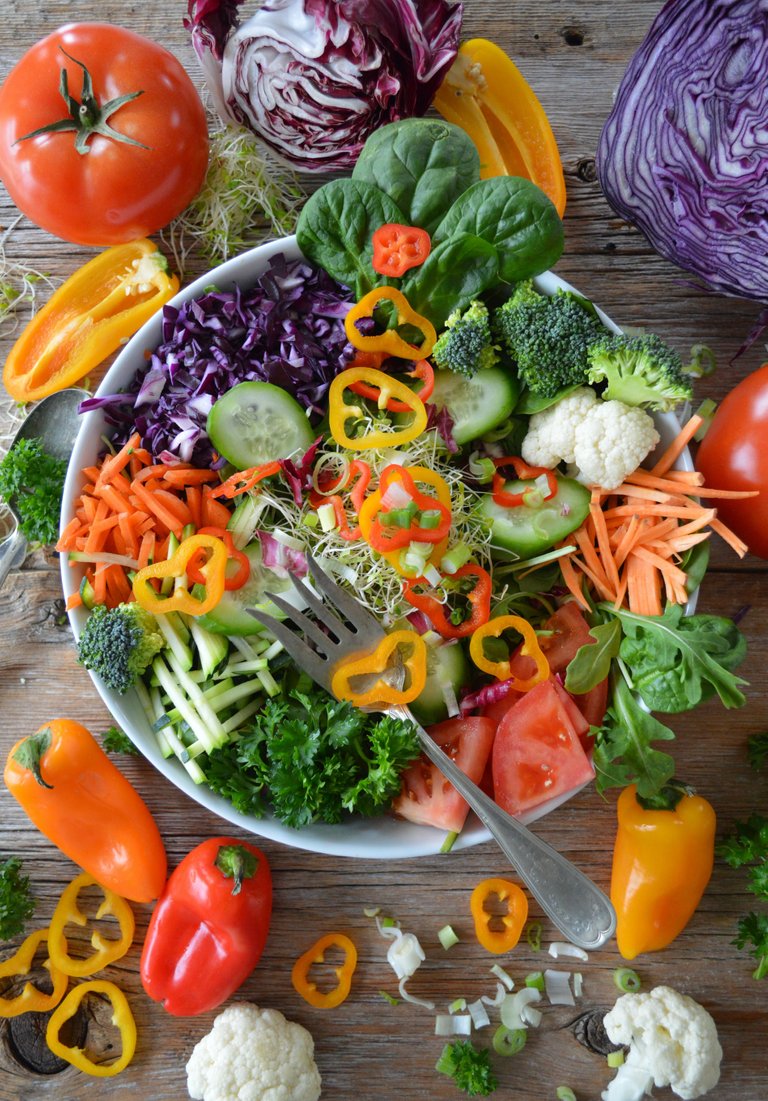
In these times many of us are spending all of our time at home, and finances are tighter than ever. Also, fresh produce is getting in short supply at our neighborhood grocery stores. What better time than to try your hand at growing some container fruits and veggies? No big yard or green thumb? - no worries! There are lots of ways to take advantage of the items and space that you do have.
You don't need to be a professional gardener to grow some of your own food. And there is NOTHING that tastes better than fresh food you have grown yourself.
There are basically only a few things that you need to get started and be successful.
1. Almost any kind of container
Sure you can go out and buy fancy pots, but there are plenty of things around your house that can be repurposed. Cut off the top of a milk jug, line an old laundry basket with burlap, I've even seen people take a bag of potting soil laid on it's side with a hole cut in the top and a tomato plant growing out of it.
You can plant in pretty much anything that's at least 9" inches deep to let the roots grow and some kind of drainage openings in the bottom to keep the water from drowning the roots. Also, larger is better than smaller in order to take less watering.
Different plants take different depths of soil to grow properly. Some of the shallower posts (up to 9") are good for herbs, onions, lettuce, spinach, onions, or radishes. These plants need a little more room (at least 12") - cherry tomatoes, peppers, broccoli, and peas. And some need a full 18" of soil, such as beans, full-size tomatoes and cucumbers.
2. An easy soil combination

Dirt is dirt, right? Well actually, it's not that simple. Go to a gardening center and you'll see topsoil, manure, turf-building soil - but here's all you really need: potting soil and compost. Potting soil is lower density for drainage and allowing new plants to establish their roots. And compost provides the nutrients that help you have the healthiest plants for the best yields. A good mix is 2/3 potting soil and 1/3 compost well combined.
3. Some sun
Take a look at the area where you plan on setting your containers because the amount of sun available will determine what will grow best where. Some plants need full sun (eight hours a day) such as tomatoes and peppers, while others will do well in indirect sun or partial shade like the lettuces and beets and carrots. A good resource for determining which plants thrive where is The Old Farmer's Almanac, a great wealth of information and ideas.
4. Proper watering
If you're anything like me, proper watering can be tricky to get just right. It's hard to know what's enough and what's too much - both can be disastrous! A good way to decide if it's time to water is the "poke test". Stick a finger into the soil about knuckle deep and if it feels dry it's time to water. If it feels damp, skip the water for now.
Pour the water slowly at the top and watch your catch plate below the container. Stop watering when you see the water arrive on the plate and then tip out any excess water that gathers there. There's no set rule on the frequency because there are so many determining factors such as the heat, the season, and the humidity. Just remember to check regularly.
There are many more in-depth container gardening tips located at the website for Morning Chores.

Just imagine how fantastic that first salad is going to taste!










Hive is a social blockchain where you can join communities, share and curate content and earn cryptocurrency that is growing in value. Sign up for an account at Sign up for Hive.
#posh Link to Twitter post
I just started planting ginger last week. Put it in a small container and had started to grow already. I plan to plant two more from the small pieces left from cooking. :)
I never thought of growing ginger - very beneficial!
It's definitely a beneficial plant to have around either for cooking, baking or making ginger tea.
Container gardening makes sense not only for people who don;t have a garden, but for people who live where there are climate extremes too. I have a BIG garden here in Thailand but still put many things in pots, so I can move them OUT of the overly hot sun in hot season, or move them OUT of deluging monsoonal rain which can literally wash young seedlings away.
Growing our own food is both radical and important.
And it's so rewarding, to pick freshly grown fruit of your own labors.
❤️❤️❤️
I plan on doing container gardening this year since I won't be using my backyard for cookouts.
Yes that's one way to take advantage of the situation!
Hello - @artemislives here on behalf of Natural Medicine
Looking fwd to LOTS of home cooked yumminess #foodasmedicine posts as you harvest and enjoy this wonderful journey. More please!
Thanks @artemislives and @naturalmedicine for the curation!